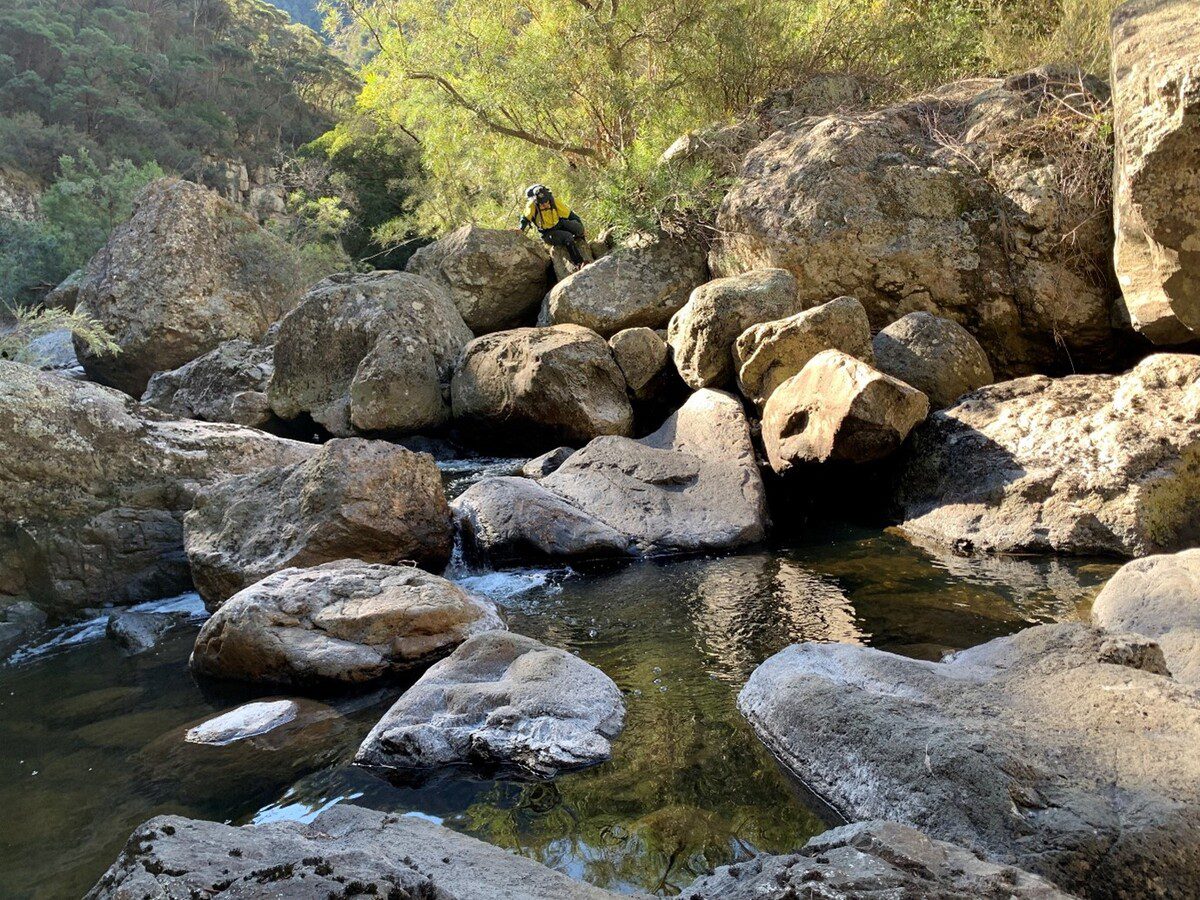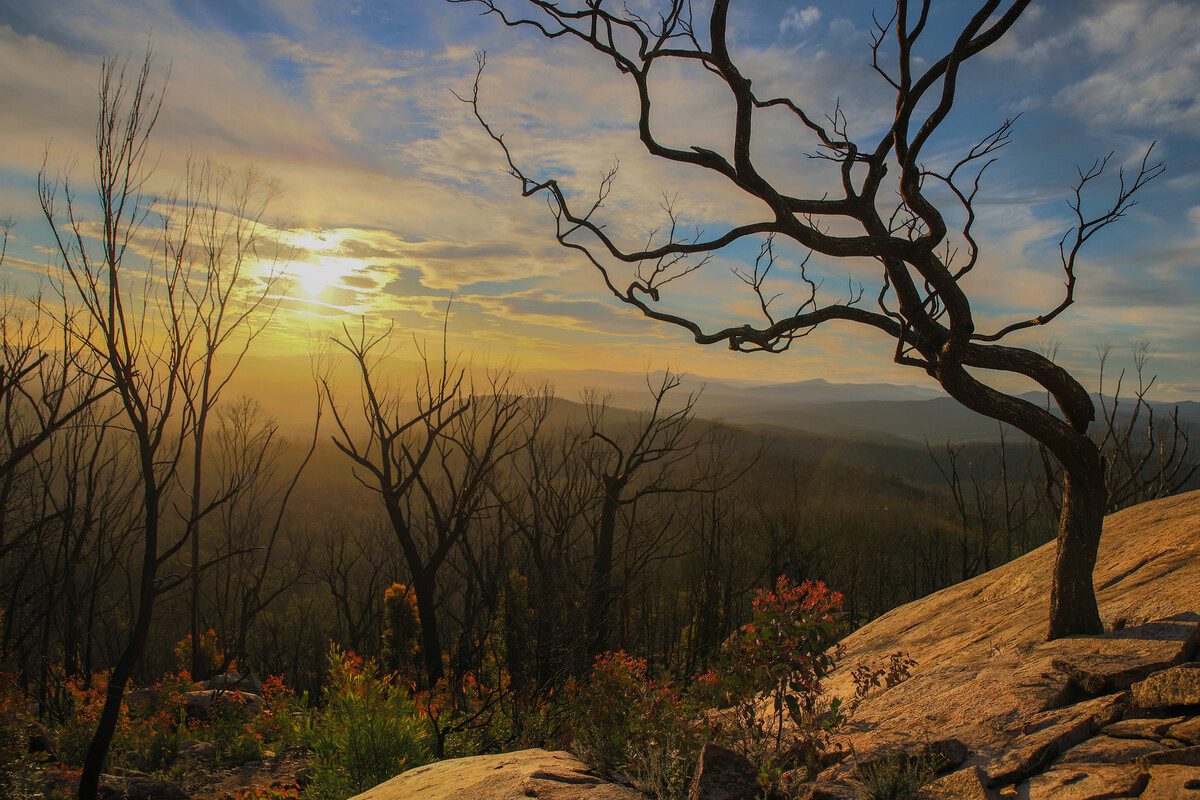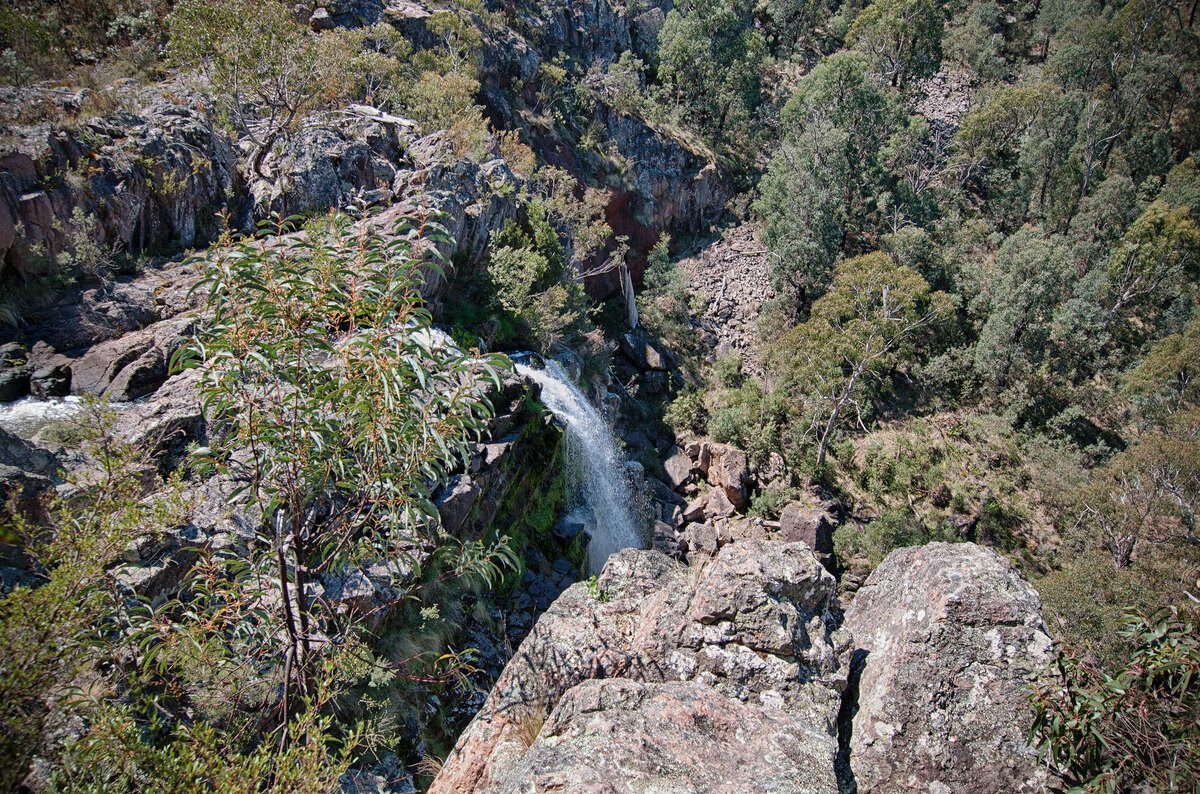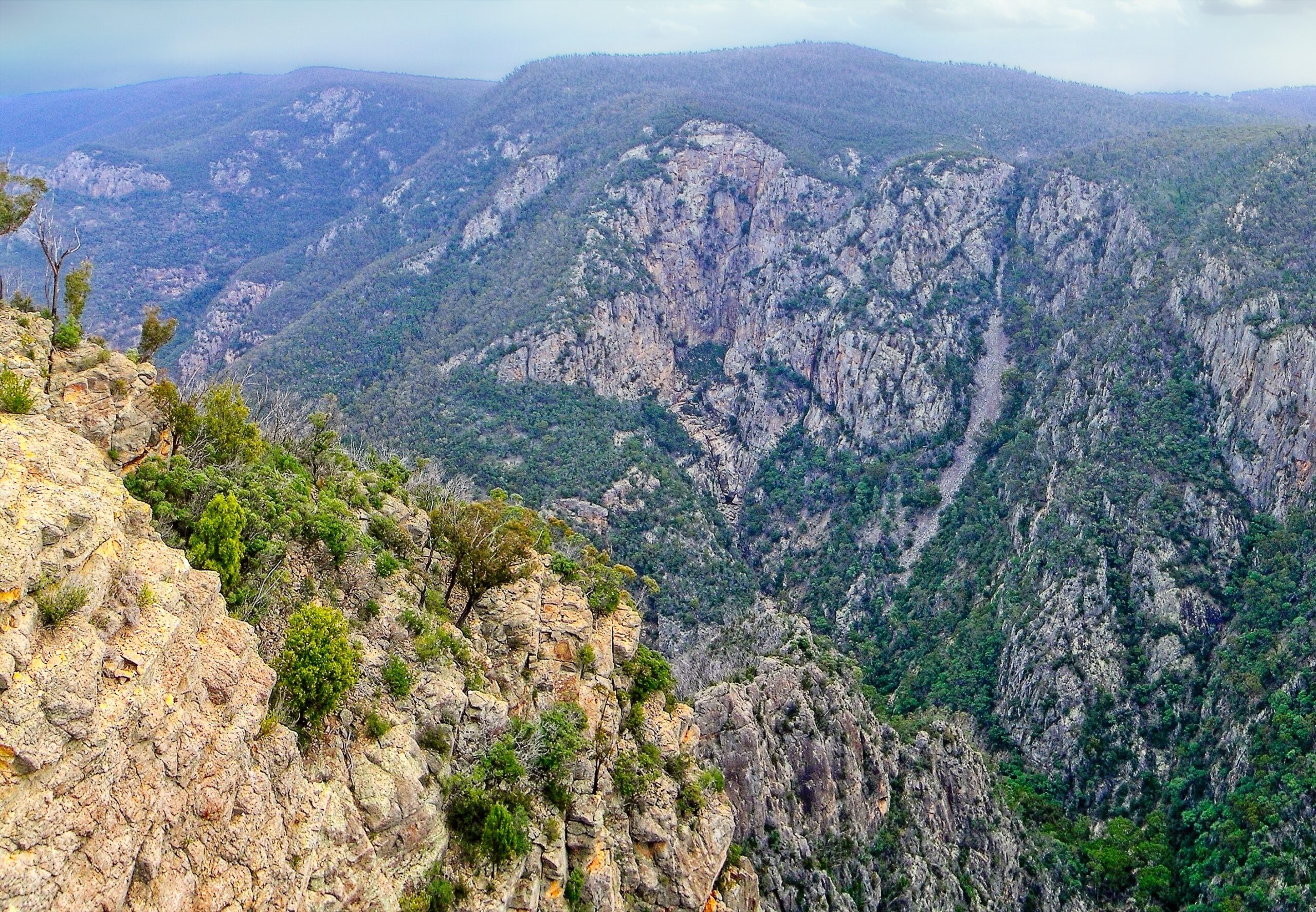Where are we working?
Remote and rugged locations
The majority of our fieldwork will be concentrated in National Parks and State Forests in the Upper Snowy River region of Gippsland.
Quoll latrine sites are often located in remote areas, so the fieldwork requires experienced ecologists to hike deep into the forest, traversing steep mountains and rocky terrain. However, work will also be conducted on properties of landowners around the Amoboyne and Cann River districts of Gippsland and involve activities across Victoria, NSW and Queensland. This reflects the need for a national approach to protecting this much-loved species.
Wild landscapes
Quoll sites in remote locations





